subscribe to our Newsletter
7 Basic Principles Of Interior Design
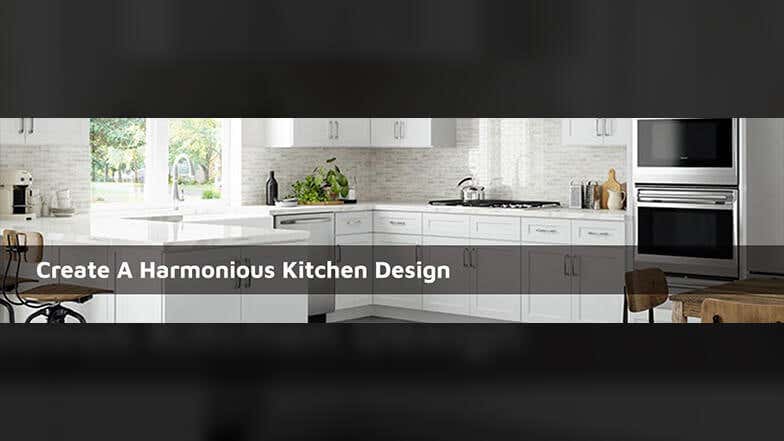
If you've decided to remodel your kitchen using wholesale RTA cabinets, there are some tried-and-true interior design principles that can help guide your planning. These key principles of interior design, when used together, will help you create a gorgeous space rivaling that of a design professional’s. Don’t worry, your secret’s safe with us.
1. Unity
Unity, very simply, means the sense of continuity throughout a space. Each space in your home should work together to create a united decor scheme. But how do you achieve this? Well, it starts with not using a variety of extreme design styles, which can create jarring visual interruptions.
When you begin to plan your kitchen renovation, consider the design elements you already have in place throughout your home. Use similar elements in your new kitchen. This can be as easy as using a limited palette of complementary colors on your walls or using a consistent wood grain. This will create visual flow and harmony throughout your home while not looking too matchy-matchy.
2. Balance
When laying out your new kitchen, you have to take into account the overall balance of the room. Balance refers to the proper distribution of furniture, cabinetry, decor and any other pieces in a room to create visual symmetry (or asymmetry depending on your aesthetic) that is pleasing to the eye.
Don’t feel like this principle has to be applied rigidly. If it is, your kitchen can become quite boring. Instead, enhance the balance of your room with varying materials and textures to make the space a little less formal. Simply find the focal point of your kitchen (this could be an island, a stove or your dream farmhouse sink). Then, arrange objects on either side in a symmetrical or asymmetrical way. Play with size, color and texture, and remember to have fun with it!
3. Rhythm & Repetition
We may have lost you here. No, we’re not talking about the kind of rhythm and repetition commonly found in sheet music. We’re talking about creating patterns and contrast in your kitchen’s design in order to create visual interest and excitement. This can be achieved by using the same color or shape at different intervals within your kitchen. These rhythms will lead the eye around the room in a purposeful way.
Try adding a little color with your kitchen island cabinets. Reflect that same color in a piece of art, and then echo it in a vase. And it’s as easy as that! Just remember, too much repetition can be annoying and visually displeasing, so make sure to have a light hand when infusing a rhythm into your space.
4. Contrast
Contrast has become an incredibly popular way to add some in interest to your kitchen. This principle relates to creating visual impact through the use of two starkly different colors or forms. It has to do with positive and negative space in a room. This creates contrast in volume.
But make note that, as with repetition, a little often goes a long way. An easy way to create eye-catching contrast is through color. Make your kitchen island cabinetry a different color from the rest or make your upper cabinets a different color than your lower cabinets. This is a simple way to make your space more dynamic.
5. Emphasis
There has to be a star of your space, it’s just the way of the design world. If everything has equal importance, your kitchen will seem boring or, on the opposite end of the spectrum, it can just look scattered. Creating an emphasis or an anchor in your space gives the room a focal point to design off of.
Lacking a built-in point of interest like a large window or an 8-burner chef’s stove? Create your own point of emphasis by using an unusual or large piece of artwork or furniture, like a wine rack or a large framed chalkboard.
6. Proportion & Scale
These two rules of interior design often go hand in hand as there is just a shade of difference between them, which is why they count as one. Scale refers to the comparison of each piece of furniture in your space to all the other pieces. Proportion, on the other hand, is about the way the furniture looks in your space and how it looks with the other furniture. These basic interior design rules can often be found in nature, as well as in art and architecture.
This can be a tricky thing to nail down. But know that it is all about creating a true feeling of comfort and harmony. For your kitchen design, attempt to create a visual hierarchy that emphasizes some aspects, while minimizing others.
7. Harmony
Harmony is the culmination of all these visual elements and how they act together to create a unified story and design. Harmony creates a sense of restfulness and peace. There is harmony in your kitchen when all parts relate to and complement each other. This design principle is the measure by which we judge whether or not a design space works.
Have fun with your space and do what feels right. It’s your kitchen, and you’re going to be spending the most time in it. Make sure you love where your finished design lands and that you feel at peace in your space.
Your Ideas Are Limitless With Lily Ann Cabinets
Whether you’re looking to create a bold kitchen with striking punches of color or a more tranquil kitchen with timeless details and white Shaker cabinets, Lily Ann Cabinets has all the kitchen cabinets, decorative hardware and accessories you need to create the kitchen of your dreams. Need help envisioning the space using these interior design principles? Use our free 3D kitchen design tool to try out different styles before you commit. Get started today!
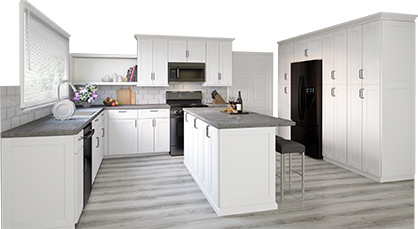
3D Kitchen Visualizer Tool
Bring your dream kitchen to life with our free kitchen visualizer!
Design NowRecent Blogs
Kitchen Cabinets,Wood Cabinets,Cabinet Tips,Cab...
Laminate vs. Wood Cabinets: Choosing the Best Material for Your Needs
Bathroom Cabinets,Bathroom Design,Bathroom Remodel

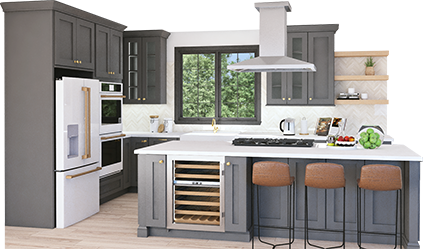
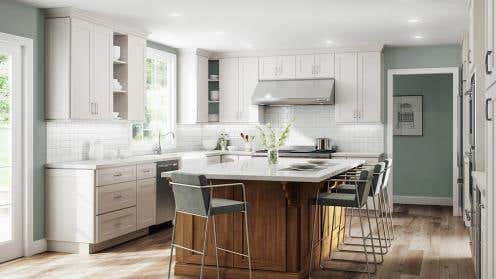

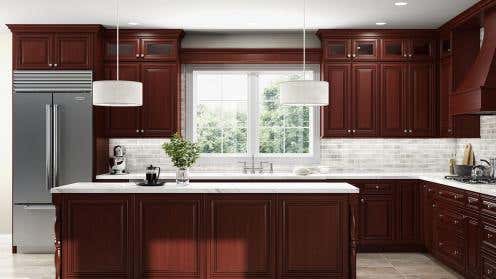

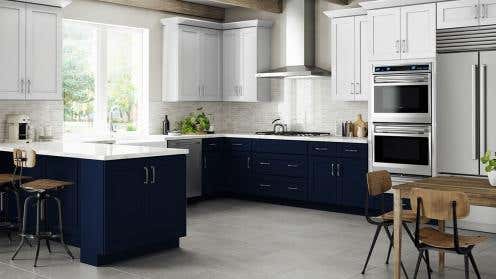

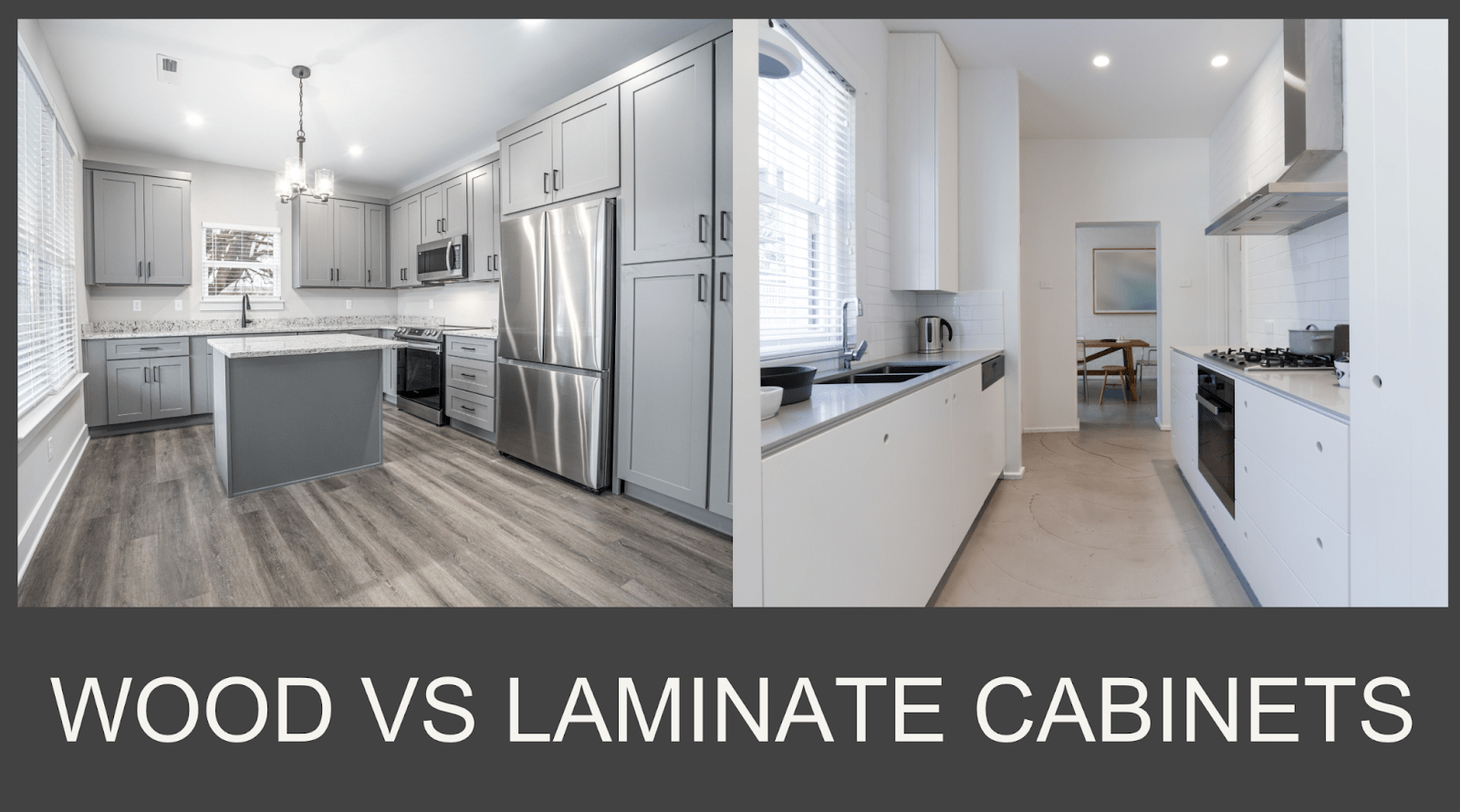
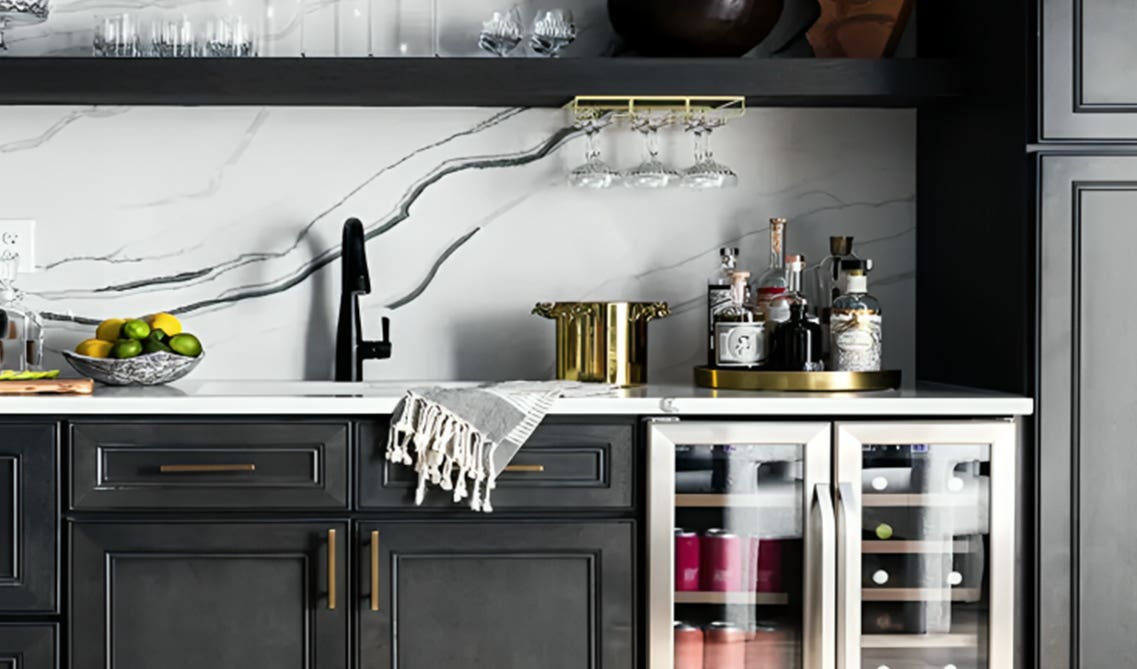
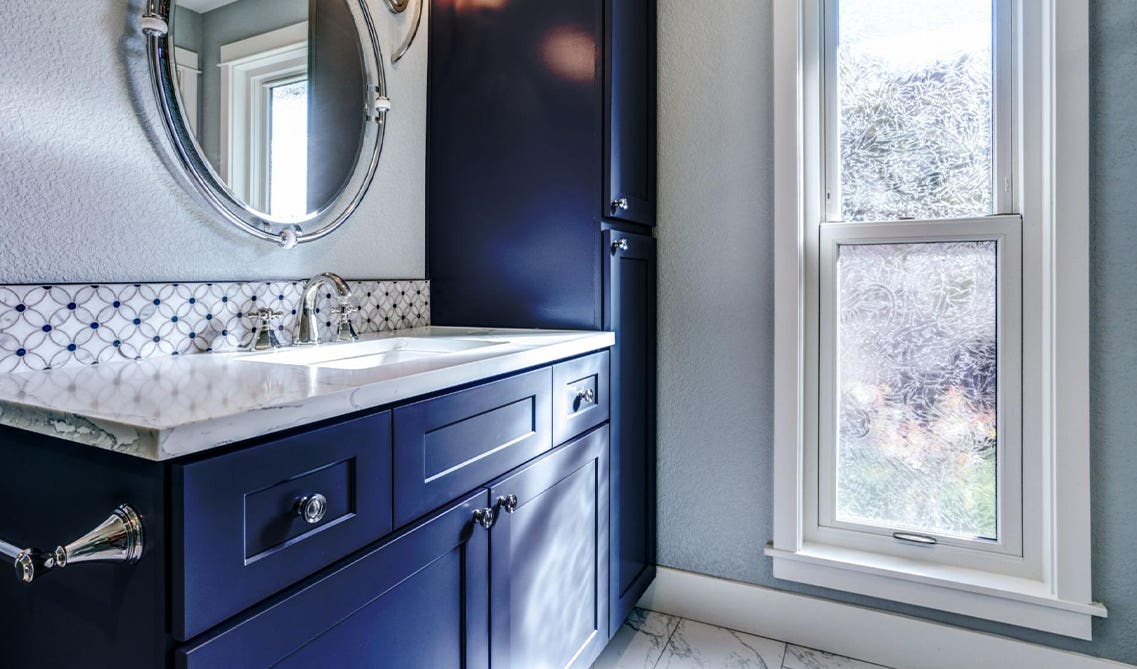
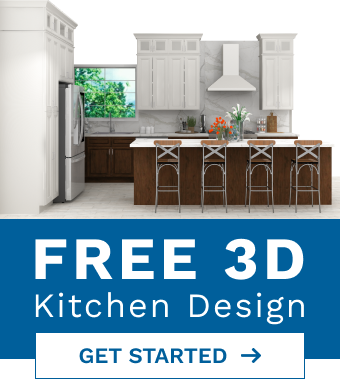

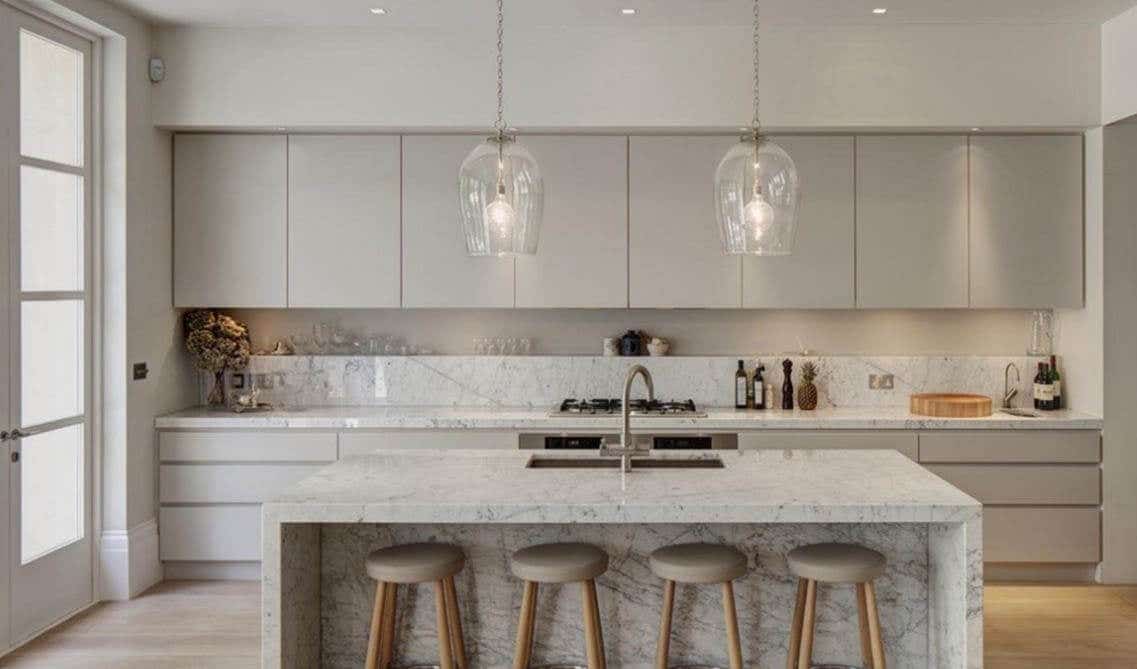
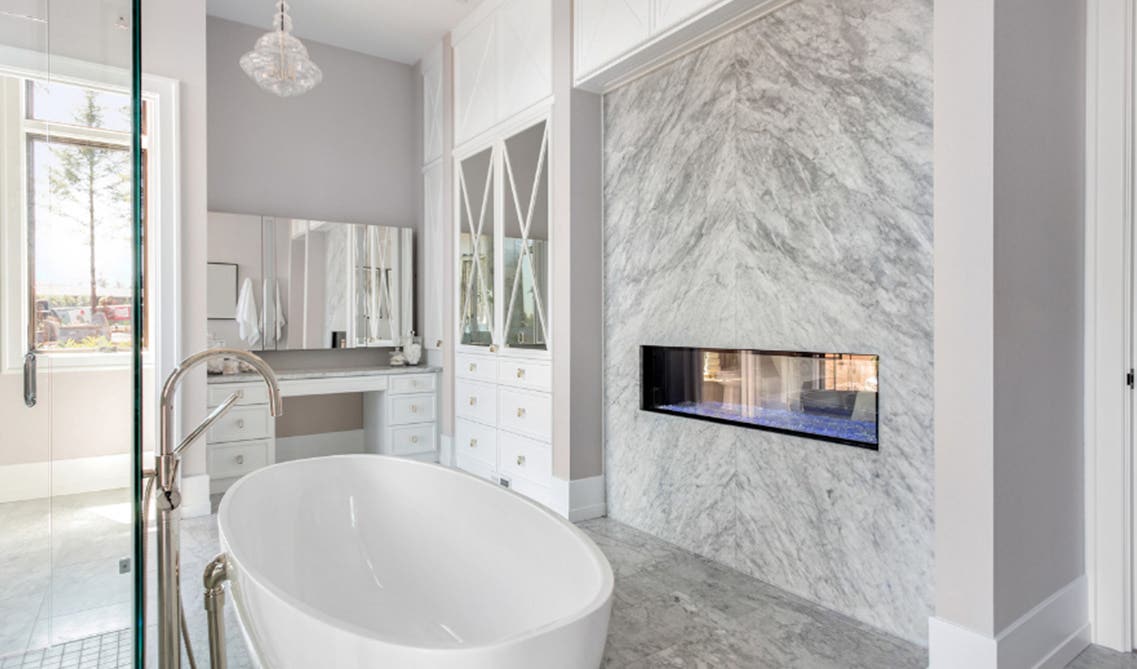
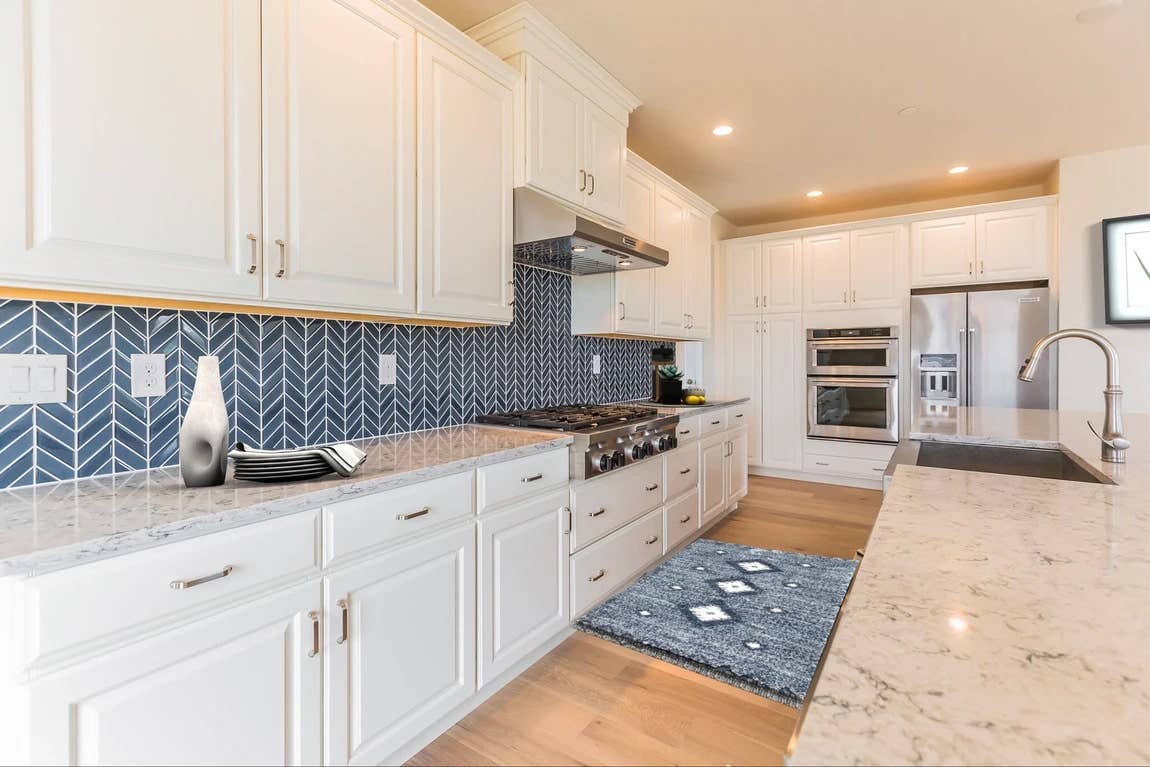
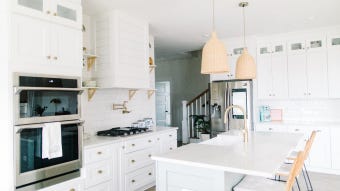
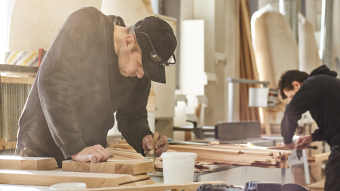

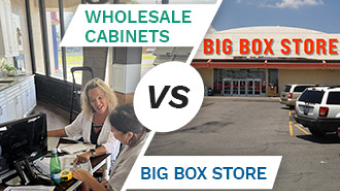
Comments